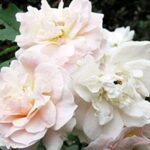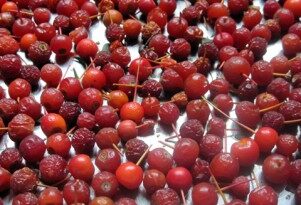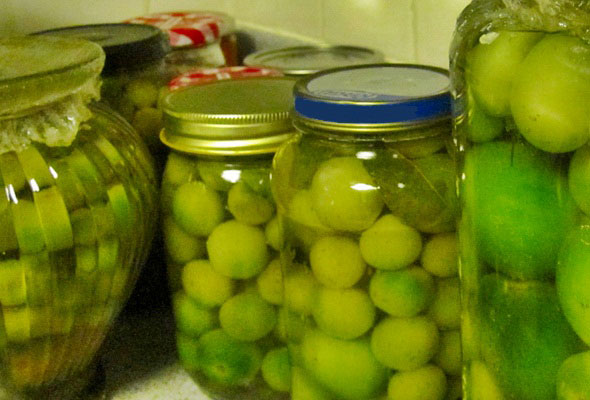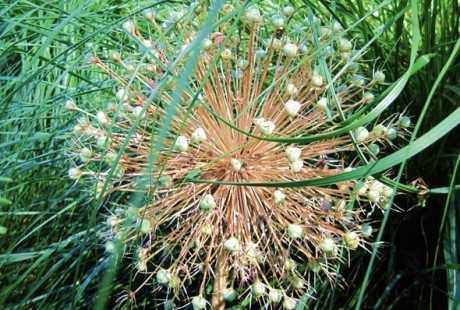sun exposure
Even though the three basic sun exposures are full sun, part sun and shade, the latter comes in so many variations, all with their own little quirks, that it deserves a full chapter all to itself.
Full sun exposure means eight hours or more of direct sunlight a day, without any large elements casting shade at any point. Full sun exposure is the beloved of all annuals, vegetables, roses and a good chunk of herbaceous perennials. With very few exceptions, given a chance, a plant will do better in the sunlight. No plant designated for full sun exposure will thrive in any type of shade or part shade. Don’t waste your efforts planting them there.
Part shade gets four to six hours of direct sunlight a day, and the shade is usually dappled through the foliage of a high tree canopy. Part shade plants will do just fine in full sunlight, but they tolerate slightly lower levels of sunshine. The closer you get to the four hour range, the less the plants will bloom.
Shade is complicated. There are six basic types of shade, and you can find more information about them in this article, but the main characteristic of it is that every shade loving plant thrives in a very specific type of shade. Dry shade is the most difficult to tackle; if anything else fails, try an evergreen ground cover, like ivy, pachisandra or vinca.
Sun exposure changes throughout the year, and what is a part sun garden in spring will turn into a woodland shade garden in summer. Take some time to observe the sun path as it relates to your garden and plan the plantings accordingly.




 Previous Post
Previous Post Next Post
Next Post




